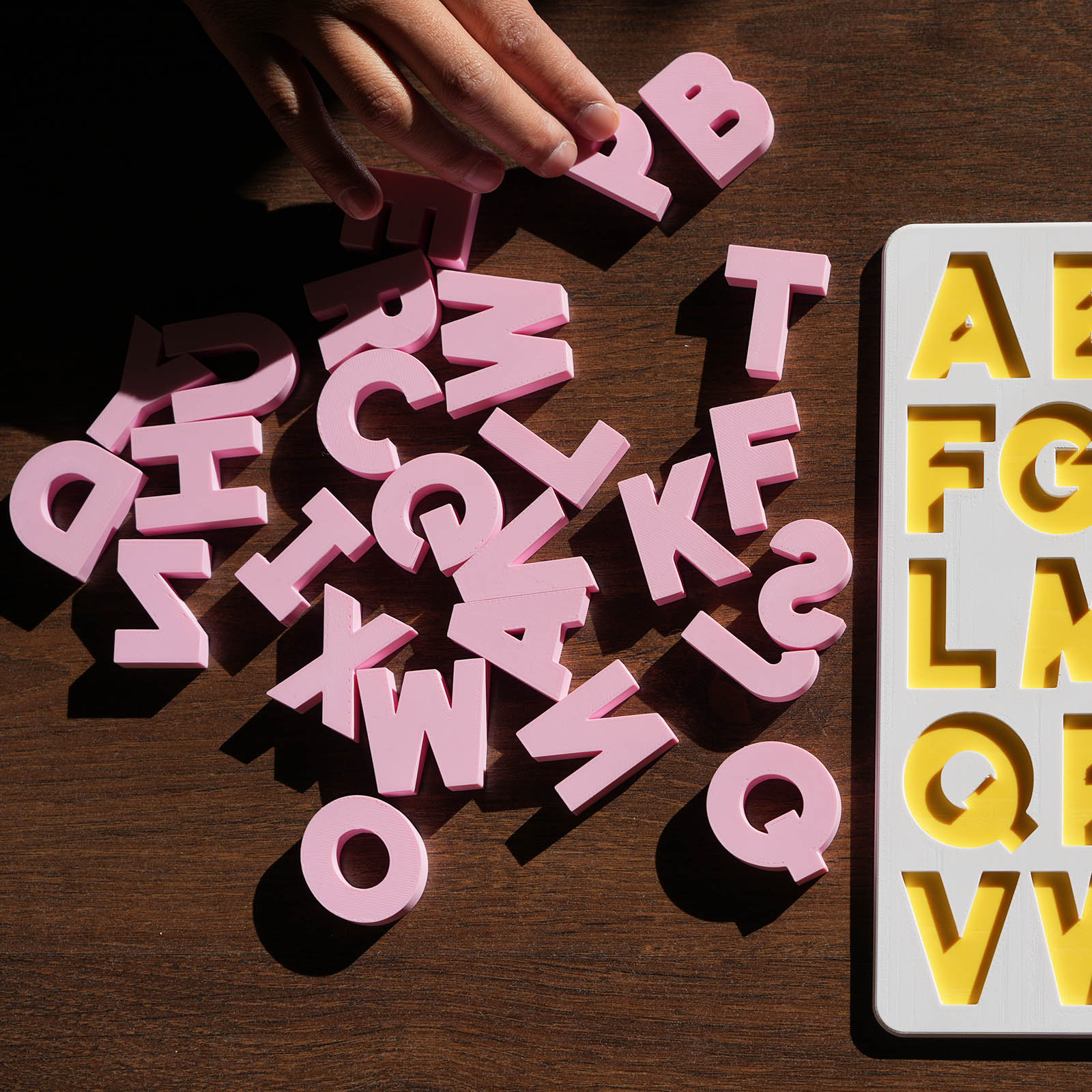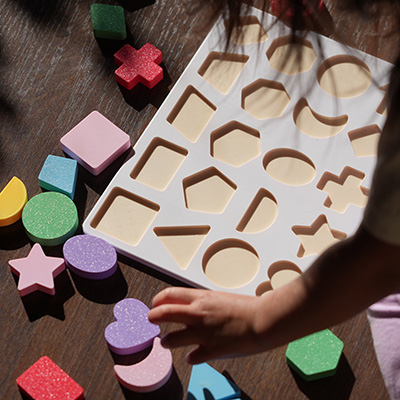At Frankie & Leo, our shape puzzle was created with🔷 Why Geometry Toys Belong in Every Toddler’s Toy Shelf
From stacking blocks to matching shapes, toddlers are natural problem-solvers. Geometry toys don’t just keep them busy — they help them build the foundations of early math, reasoning, and confidence.
What looks like simple play is actually brain-building in disguise.
Geometry toys are a category of educational toys designed to support:
- Shape recognition
- Spatial awareness
- Fine motor skills
- Problem-solving and logic
These toys offer toddlers opportunities to experiment with shape, size, rotation, and positioning — all critical building blocks for later learning.
🧠 The Educational Benefits of Geometry Toys
Geometry toys stimulate several areas of early development, including:
✅ 1. Spatial Reasoning
Children begin understanding how objects fit, rotate, and relate to one another — a skill linked to future success in maths and engineering.
✅ 2. Shape and Pattern Recognition
Toys with distinct geometric shapes help toddlers begin to sort, classify, and visually scan — key skills in both literacy and numeracy.
✅ 3. Early Mathematical Thinking
When toddlers learn to differentiate between a square and a triangle or group circles together, they’re engaging in the early stages of mathematical categorisation.
✅ 4. Motor Coordination
Manipulating small puzzle pieces, blocks, or matching shapes develops hand–eye coordination and fine motor precision — both vital for writing and everyday tasks.
📦 What to Look for in Geometry Toys for Toddlers
The best geometry toys are thoughtfully designed with both developmental stages and child-led learning in mind.
Here’s what to consider when choosing one:
➤ Clear, Recognisable Shapes
Opt for toys that include fundamental forms like:
- Triangle
- Circle
- Square
- Rectangle
- Hexagon
This helps toddlers build a shape vocabulary they’ll carry into preschool and beyond.
➤ Muted or Montessori-Aligned Colours
Soft pastels or neutral tones help reduce overstimulation and allow the focus to stay on form and interaction — not flashing lights or distractions.
➤ Self-Correcting Design
Choose toys where success is built into the toy itself (e.g., a puzzle where only one piece fits per space), encouraging independent problem-solving.
➤ Safe, Graspable Pieces
Look for textures and sizes suitable for toddler hands. Toys that are too small or too slick may frustrate rather than empower.
🧩 A Toy That Grows With Your Child
Geometry toys offer repeated value over time. A two-year-old might explore them randomly at first, but over weeks or months, you’ll notice:
- Increased accuracy
- Greater confidence
- Use of spatial language (e.g., on, under, next to, between)
- Ability to predict or plan moves ahead of time
This kind of growth is a hallmark of good educational design — and why we keep our Frankie & Leo puzzles purposefully simple and open-ended.
🏠 Geometry Toys in a Montessori Home
If you’re aligning with Montessori principles at home, geometry toys are a perfect fit.
They:
- Encourage independence
- Support concentration and repetition
- Promote hands-on discovery
- Respect the child’s natural pace of learning
You don’t need an entire classroom setup — just a few intentional toys on a low shelf, rotated regularly based on your child’s interest.
💡 Final Thought
Geometry toys might seem basic, but their impact is profound. They teach your child to see, organise, and think in structured ways — all while having fun.
When you offer your toddler a simple shape puzzle or stacking game, you’re not just passing time. You’re helping them build the skills they’ll use to read, reason, and solve problems for years to come.
👉 Discover Geometry-Based Toys That Support Real Learning
📚 Reference:
Mix, K. S. et al. (2012). Spatial Thinking and STEM Achievement: A Meta-Analytic Review. Developmental Psychology, 48(6), 1479–1492.

